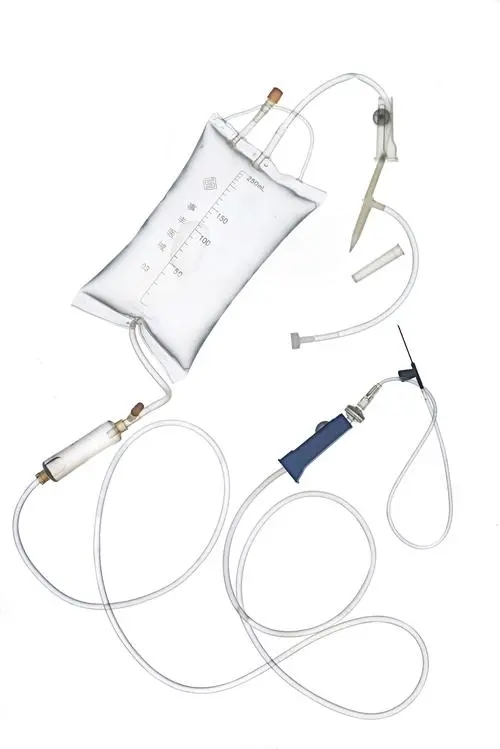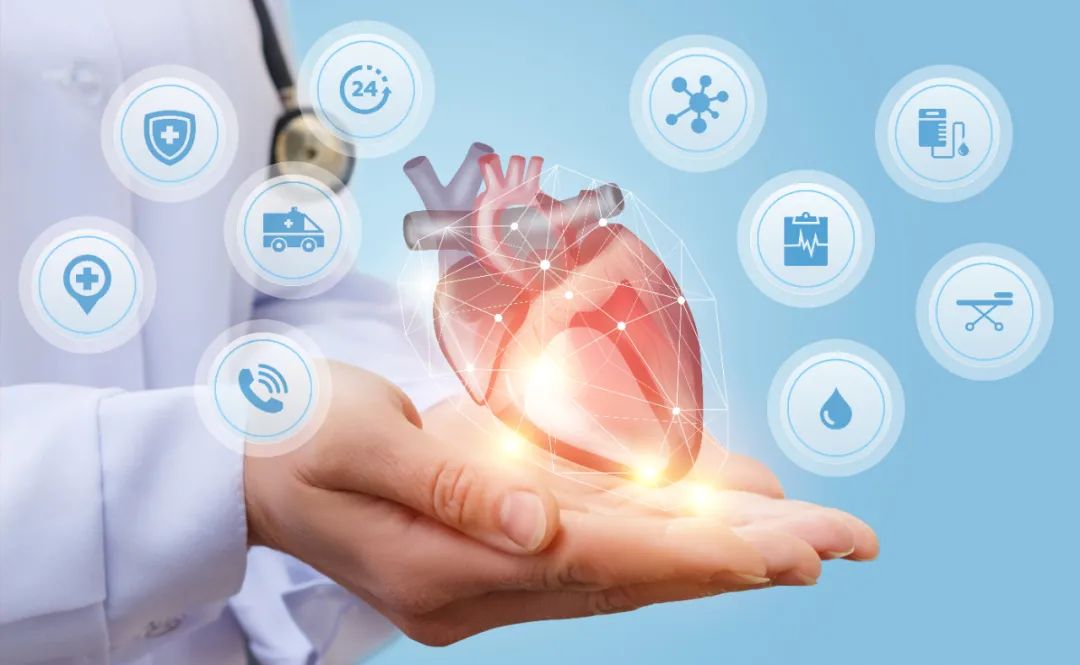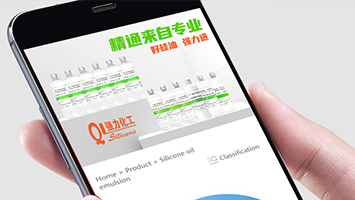Medical polymer materials refer to those polymer materials with excellent properties that can be used to diagnose, treat, repair or replace tissues and organs in the body or improve their functions. It is an emerging edge subject that involves materials, biology , medicine, physics, chemistry, manufacturing and clinical medicine and many other disciplines.
 Since ancient times, human beings have been constantly fighting against diseases and disabilities in order to survive and develop themselves and society. As early as 3500 BC, Egyptians used cotton fibers and horsehair to suture wounds. Mexican Indians used wood chips to repair injured skulls. False teeth, noses, and ears were found in Chinese and Egyptian tombs from 500 BC. In the 20th century, polymer science developed rapidly, and new synthetic polymer materials continued to emerge, providing more choices for the medical field. After plexiglass (PMMA) was invented in 1936, it was quickly used to make dentures and fillings, and is still used today. In 1943, celluloid membranes began to be used for hemodialysis. In 1949, the United States first published a prospective paper on medical polymers. In the article, the clinical application of using PMMA as human skull, joints and femurs and using polyamide fiber as surgical sutures was introduced for the first time. In the 1950s, silicone polymers were used in the medical field, greatly expanding the scope of applications of artificial organs, including organ replacement and plastic surgery. Since then, a large number of artificial organs were tried for clinical use in the 1950s. Such as artificial urethra (1950), artificial blood vessel (1951), artificial esophagus (1951), artificial heart valve (1952), artificial heart and lung (1953), artificial joint (1954), artificial liver (1958) wait. In the 1960s, with the development of various disciplines, medical polymer materials began to enter a new period of development. As a marginal subject, it integrated polymer chemistry, polymer physics, biochemistry, synthetic materials technology, pathology, Knowledge in various aspects such as pharmacology, anatomy, and clinical medicine also involves many engineering issues, such as the design and manufacturing of various medical devices. The mutual integration and mutual penetration of the above-mentioned disciplines have led to an increasingly rich variety of medical polymer materials, more and more perfect properties, and more complete functions.
Since ancient times, human beings have been constantly fighting against diseases and disabilities in order to survive and develop themselves and society. As early as 3500 BC, Egyptians used cotton fibers and horsehair to suture wounds. Mexican Indians used wood chips to repair injured skulls. False teeth, noses, and ears were found in Chinese and Egyptian tombs from 500 BC. In the 20th century, polymer science developed rapidly, and new synthetic polymer materials continued to emerge, providing more choices for the medical field. After plexiglass (PMMA) was invented in 1936, it was quickly used to make dentures and fillings, and is still used today. In 1943, celluloid membranes began to be used for hemodialysis. In 1949, the United States first published a prospective paper on medical polymers. In the article, the clinical application of using PMMA as human skull, joints and femurs and using polyamide fiber as surgical sutures was introduced for the first time. In the 1950s, silicone polymers were used in the medical field, greatly expanding the scope of applications of artificial organs, including organ replacement and plastic surgery. Since then, a large number of artificial organs were tried for clinical use in the 1950s. Such as artificial urethra (1950), artificial blood vessel (1951), artificial esophagus (1951), artificial heart valve (1952), artificial heart and lung (1953), artificial joint (1954), artificial liver (1958) wait. In the 1960s, with the development of various disciplines, medical polymer materials began to enter a new period of development. As a marginal subject, it integrated polymer chemistry, polymer physics, biochemistry, synthetic materials technology, pathology, Knowledge in various aspects such as pharmacology, anatomy, and clinical medicine also involves many engineering issues, such as the design and manufacturing of various medical devices. The mutual integration and mutual penetration of the above-mentioned disciplines have led to an increasingly rich variety of medical polymer materials, more and more perfect properties, and more complete functions.
As the most populous country in the world, my country has huge market potential for biomaterials. According to a report by the civil affairs department: There are more than 15 million patients with limb-freedom in China, of which about 8 million are disabled; there are millions of patients with Kashin-Beck disease caused by rheumatoid; there are more than 10 million patients with coronary heart disease; There are about 5 million blind people with cataracts; 300 million to 400 million people with tooth defects and missing teeth; 120 million hepatitis virus carriers; 20 million cardiovascular disease patients; 20 million women of childbearing age who need family planning; as the population ages, There are 70 million osteoporosis patients in China (the elderly population over 60 years old has reached 139 million, accounting for about 10.69% of the national population); bone defects and bone defects caused by diseases, traffic accidents and sports trauma every year The number of missing patients is nearly 10 million; the number of people who need craniofacial and chest cosmetic plastic surgery is tens of millions. This does not include the huge number of patients with various soft tissue, blood and organ diseases.

In developed countries such as the United States, there are no reports on comprehensive demand data like those released by the Ministry of Civil Affairs of China. There are only some incomplete data in the United States. For example, millions of people suffer from the loss of various tissues and organs every year. Functional dysfunction requires 8 million operations to repair, costing more than 40 billion U.S. dollars annually. The treatment costs for organ failure and tissue defects account for half of the entire medical expenses.
With the improvement of people's living standards and the pursuit of quality of life, my country's demand for medical polymer materials will continue to increase.
2 Application of medical polymer materials in medical devices
Things that still need to be continuously improved include artificial kidneys, artificial hearts, artificial lungs, artificial pancreas, artificial eyeballs, artificial blood, etc. There are also some organs with more complex functions, such as artificial liver, artificial stomach, artificial uterus, etc. It is undergoing vigorous research and development. From the perspective of application, the functions of artificial organs have begun to develop from partial replacement to complete replacement, from short-term application to long-term application, from large to miniaturization, from in vitro application to in vivo implantation, and the types of artificial organs have evolved from Parts closely related to life are developing towards artificial sensory organs and artificial limbs.

Unique properties of silicone materials
Medical polymer materials are in direct contact with human tissues and body fluids. Except for a few metals, ceramics and carbons, most of them are synthetic polymer materials such as rubber, fiber, and model plastics. Artificial organs made from them as raw materials are devices that partially or completely replace the function of an organ of the human body. Some only need to be used in the body for a short period of time, such as inserting devices (catheters, etc.), and some are used in the body. Biomedical materials for implantation and tissue engineering need to stay in the body for a long time, or even throughout life. Therefore, there are strict requirements for such materials: (1) They must be non-toxic and chemically inert. (2) It has good compatibility with human tissue and blood and does not cause irritation, inflammation, carcinogenesis, allergic reactions and other reactions. (3) Have the required physical properties (size, strength, elasticity, permeability, etc.) and be able to maintain them during use. (4) Easy to prepare, purify, process and sterilize.
Silicone has a Si-O-Si quartz-like skeleton with a bond energy of 444 (kJ.mol-1), which is much higher than other C-containing polymers, which means that a higher temperature is required to break it. , because the bond energy is higher than the energy of 300 nm ultraviolet light, the side groups are protected, and it does not contain double bonds, it is not easily decomposed by ultraviolet rays and ozone in the atmosphere. The high temperature resistance, aging resistance (including biological aging) and ultraviolet resistance of silicone allow medical products made from it to be sterilized by high temperature, radiation, or implanted into the human body for a long time without changing their performance.
Polysiloxane has small intermolecular forces and weak surface tension (the surface tension of MM is only 15.9MN/m, which is the liquid with the smallest surface tension). Therefore, the surface energy is small, so silicone has excellent defoaming properties. This opens up its application fields in medical treatment of abdominal distension, pulmonary edema and other diseases. The good non-stickiness of silicone makes it used as a lubricant to prevent intestinal adhesion during abdominal surgery. Its film-forming properties and high heat capacity can Silicones are also widely used in daily cosmetics.
The free volume of polysiloxane molecules is large, the distance between the molecules is also large, and the force is small. Just like a microporous structure, low molecular gases can easily pass through the gaps between the free volumes of the molecules, so it has good air permeability, usually 20 times that of general synthetic materials. The breathability of silicone makes it useful in the manufacture of air-controlled windows, semi-permeable membranes, oxygen-rich membranes and some medical materials.
Silicone raw materials are easy to obtain and easy to process and shape. Silicone rubber can be made into products of various shapes through extrusion, molding, casting and other processing methods.
To sum up, due to a series of advantages such as resistance to biological aging, good biological stability and physical and mechanical properties, easy processing and molding, easy availability of raw materials, and ease of disinfection and sterilization, silicone has attracted widespread attention. It has become one of the most versatile and widely used biological materials.



